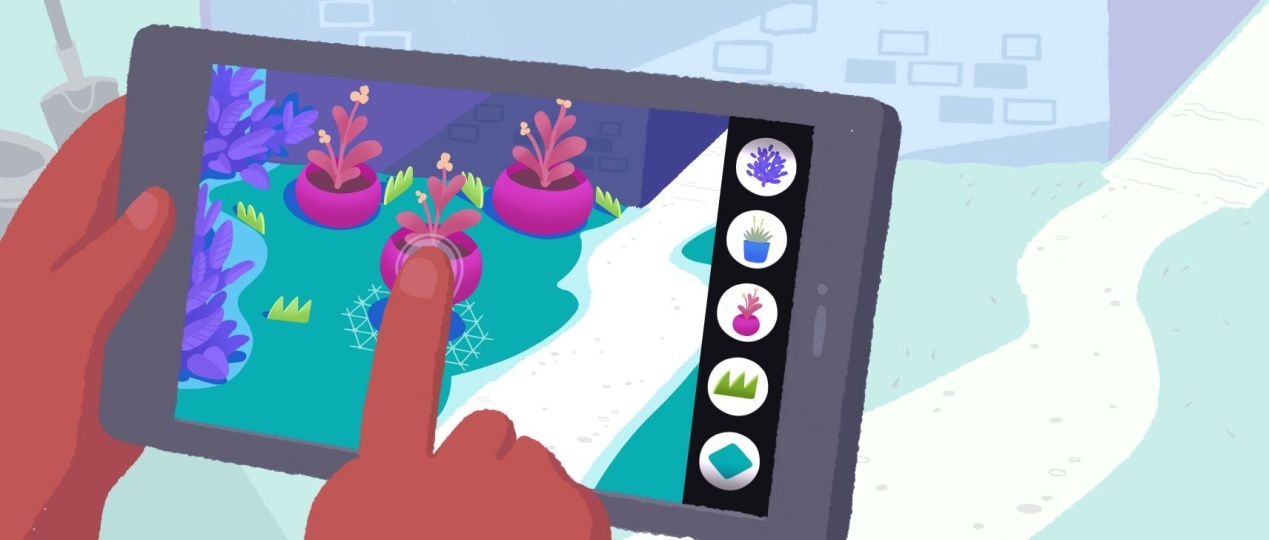The innovation behind ARCore and ARKit

Indeed all lights are on AR. A couple of years back, Apple pointed out this innovation by dispatching an expanded reality programming improvement pack for iOS – the ARKit. Emulating their example, Google has followed a comparable way by delivering half a month after an AR SDK for Android – the ARCore. Alright, so one thing is clear, the tech goliaths are intensely wagering on expanded reality. In any case, what’s the significance here? What is AR? How can it function? Which advances are included? What are the utilization cases? If you don’t know what increased the truth is or potentially how it is being utilized today, this arrangement of posts is for you. Welcome to Wikitude’s Augmented Reality 101.
Expanded REALITY FEATURES
Be not mixed up; not all AR encounters are indistinguishable. Some are set off by 2D pictures, while others require Geo-area based information to incite the AR content. Everything relies upon what the designer needs to accomplish. How about we investigate probably the most widely recognized sorts of AR advances being used today:
GEO-LOCATION AR: The client’s position sets off the AR experience. Clients can imagine and communicate with AR content that has been put in explicit areas around the world. The use differs from eatery surveys left by different clients, right to Pokémon chasing ventures. Discussing this AR craze, check this awesome tutorial to figure out how to make your own Pokémon Go-like application. Fun actuality: the foundations of AR began with area-based encounters and, just about ten years prior, Wikitude was the organization that dispatched the absolute first area based Core AR application.
MARKER-BASED AR (IMAGE RECOGNITION): A focus sets off the AR experience on a picture (or different focused pictures). Clients examine foreordained conspicuous pictures to see and communicate with AR content. It works with a solitary picture, just as with multiple pictures. When the objective picture is perceived, clients can move their gadget around the subject and keep seeing the AR content. Numerous objectives can likewise interface with each other (and it’s honestly so cool!). This innovation is generally utilized in showcasing and online business, and its use differs from AR improved indexes, table games, historical centre aides, and some.
MARKERLESS AR (INSTANT TRACKING): Self-assertive conditions set off the AR experience. Hammer innovation (Simultaneous Localization and Mapping) permits clients to examine recently planned conditions to see and cooperate with AR content. Most usually utilized in customer commitment missions to advance items just as in-home stylistic theme applications, in which clients can perceive how a furniture piece will look like in their current circumstance before the genuine buy.
Item TRACKING: Subjective items set off the AR experience. The following article permits clients to check recently planned certifiable items, such as toys, figures, design models, item bundling, modern machines, and more, to see and connect with AR content in a 360-degree way. This is steadily developing innovation that has been situating its handiness in item displaying, plan, gathering and different territories.
Notwithstanding the assortment of highlights being used today, Google ARCore and Apple ARKit’s most grounded centre is around markerless AR innovation. Any applications made through their SDK can likewise be sent on their stages (either Android or iOS). As an increased reality innovation supplier that has been in the game for just about ten years, Wikitude is eager to see the huge names, at last, perceiving the capability of AR. We are likewise glad to offer an honour winning cross-stage programming improvement pack that doesn’t just permit applications to be sent on smartglasses and the two iOS and Android simultaneously, yet in addition, permits designers to browse any of the previously mentioned advancements to remember for their AR projects.
